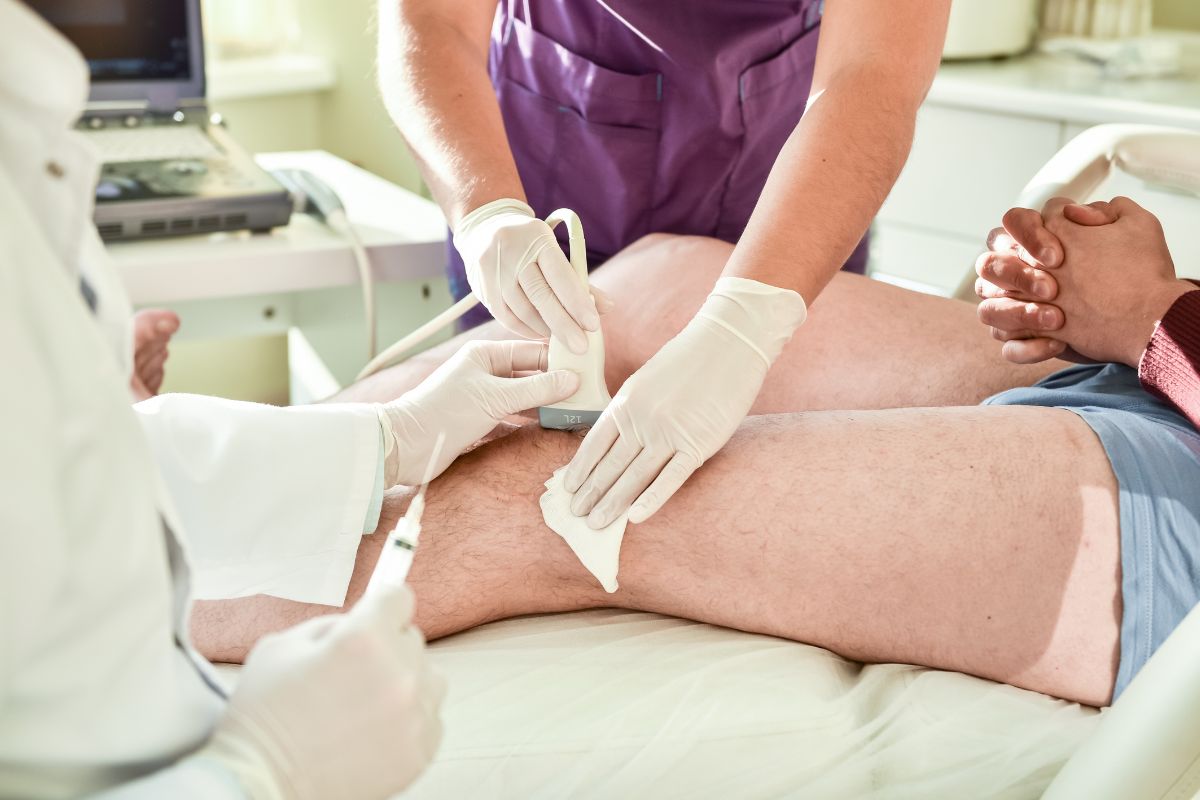It would sound like a sci-fi concept to think that we might produce replacement organs to heal human diseases. This is what researchers want to accomplish with regenerative approaches.
Though still in its infancy, the field of regenerative medicine is already experiencing rapid growth. Let’s dig deeper into this here.
What is Regenerative Medicine
To provide treatments for disorders marked by cell depletion, tissue loss, or damaged organs, regenerative medicine integrates biological and technical concepts. Engineering, regenerating, or replacing tissue utilizing the body’s growth and repair processes, such as stem cells, is the overarching goal of regenerative medicine.
The methods attempt to restore damaged cells, genes, and organs rather than treating symptoms. Moreover, our bodies have a built-in healing mechanism that kicks in when sickness or damage invades them.
Regenerative techniques seek to harness this capacity for healing and discover ways to hasten it. Additionally, combinations of these methods can replace an organ that has been irreparably destroyed or enhance the human body’s natural healing process where it is most required.
Types of Regenerative Medicine
- Tissue Engineering & Biomaterials
The advantages of tissue engineering have already been reaped by millions of people. However, research has just begun to explore the potential in this area.
Biologically suitable scaffolds are positioned at key body locations through tissue engineering. The scaffold draws cells to it. This treatment can produce new functioning designed tissue when combined with exercise.
- Medical Devices and Artificial Organs
Doctors often advise organ transplants if an organ is no longer viable and has to be replaced. But it can be challenging and time-consuming to locate organ donors who are a good match. If you require a new kidney or lung, time is of importance.
Regenerative medicine has developed technology and equipment to sustain failing organs using engineering and robotics. To aid with circulation problems during difficult transplant procedures, for instance, your doctor may implant a ventricular assistive device in the body.
- Stem Cell Therapies
In the human body, there are millions of stem cells. Your body employs these cells as its building blocks to heal damaged tissue. Studies show that they can aid in tissue reconstruction in sick or injured areas. These cells can be obtained from bone marrow, fat, blood, skeletal muscle, dental pulp, and cord blood.
- Platelet-Rich Plasma (PRP) Treatment
Injecting a patient with a concentrated version of their own platelets, known as platelet-rich plasma (PRP), has been shown to hasten the recovery of damaged ligaments, tendons, muscles, and joints. By stimulating the body’s natural response to injury, PRP treatments can help alleviate a variety of musculoskeletal conditions.
Platelet-rich plasma is made by centrifuging a blood sample taken from a patient at high speed to concentrate the platelets within the plasma while removing the rest of the blood’s components.

Risks, Benefits, & Cost of Regenerative Medicine
Every medical procedure, whether it’s critical or not, always bears both risks and benefits. There’s always a chance of infection when taking cells out of the body and putting them back in. But generally speaking, advantages outweigh disadvantages. Compared to having surgery, they are much less dangerous, rapid, and effective.
On the other hand, regenerative treatments are currently not covered by health insurance. Although cellular regeneration therapy is pricey, it is ultimately less expensive than chronic pain management. It could be your best option if you’ve done everything else but don’t want to have surgery.
Conclusion
Regenerative medicine is a relatively new profession where specialists are seeking treatments and tactics akin to the systems that support your body’s capacity for self-healing. Hopefully, this article has provided you with the information you need about regenerative medicine.





